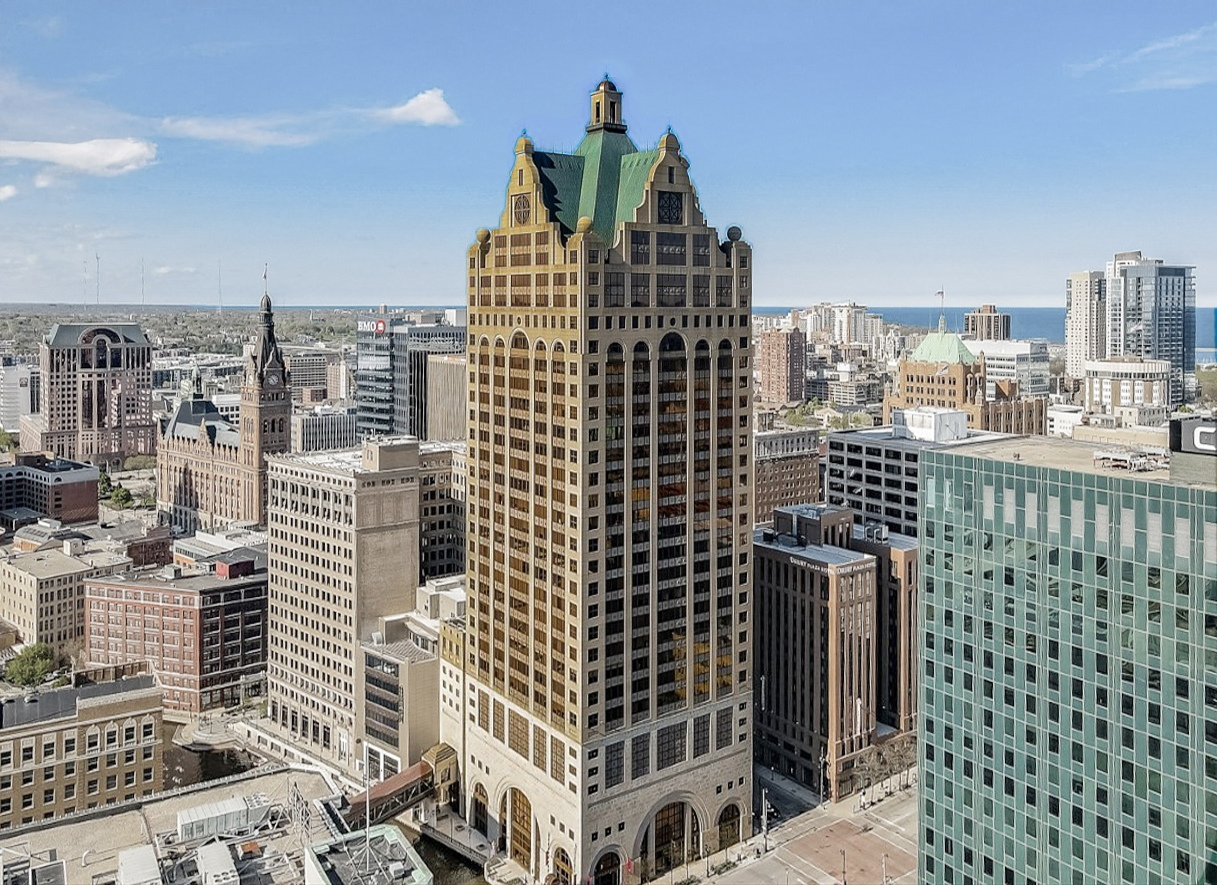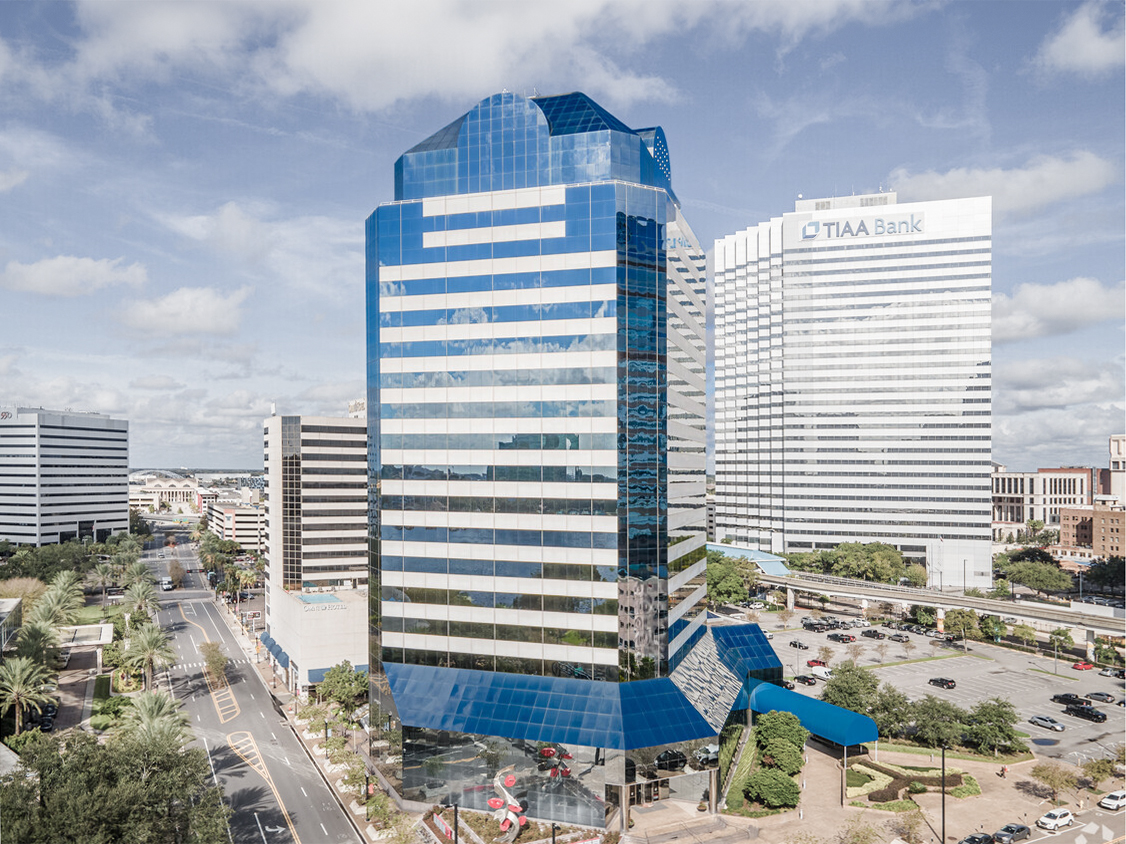The Faison Building is a Postmodernist skyscraper designed by Clark, Tribble, Harris, & Li, in association with LS3P Associates, and built between 1987 and 1989 in Milwaukee, WI.
Faison Building is not the only name you might know this building by though. The building is, or has also been known as 100 East Wisconsin.
Its precise street address is 100 East Wisconsin Avenue, Milwaukee, WI. You can also find it on the map here.
The Faison Building is a structure of significant importance both for the city of Milwaukee and the United States as a nation. The building embodies the distinctive characteristic features of the time in which it was built and the Postmodernism style. Because of that, the Faison Building was officially included in the National Register of Historic Places on March 16th 2025, and was also included in the Milwaukee Register of Historic Places on November 15th 2024.
The building underwent a major restoration in 2016.


